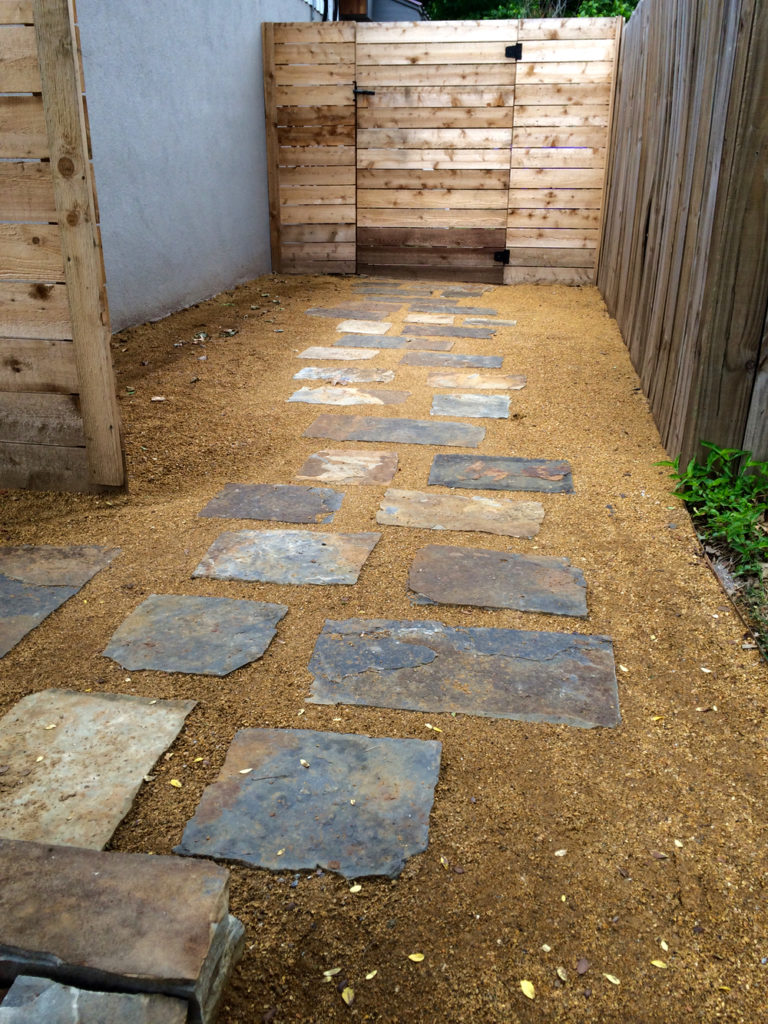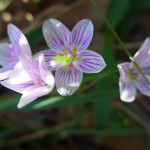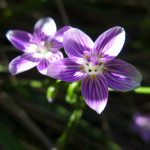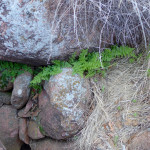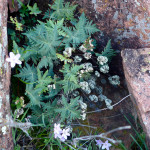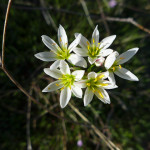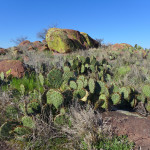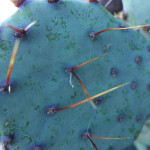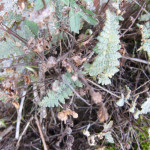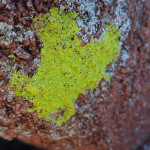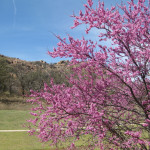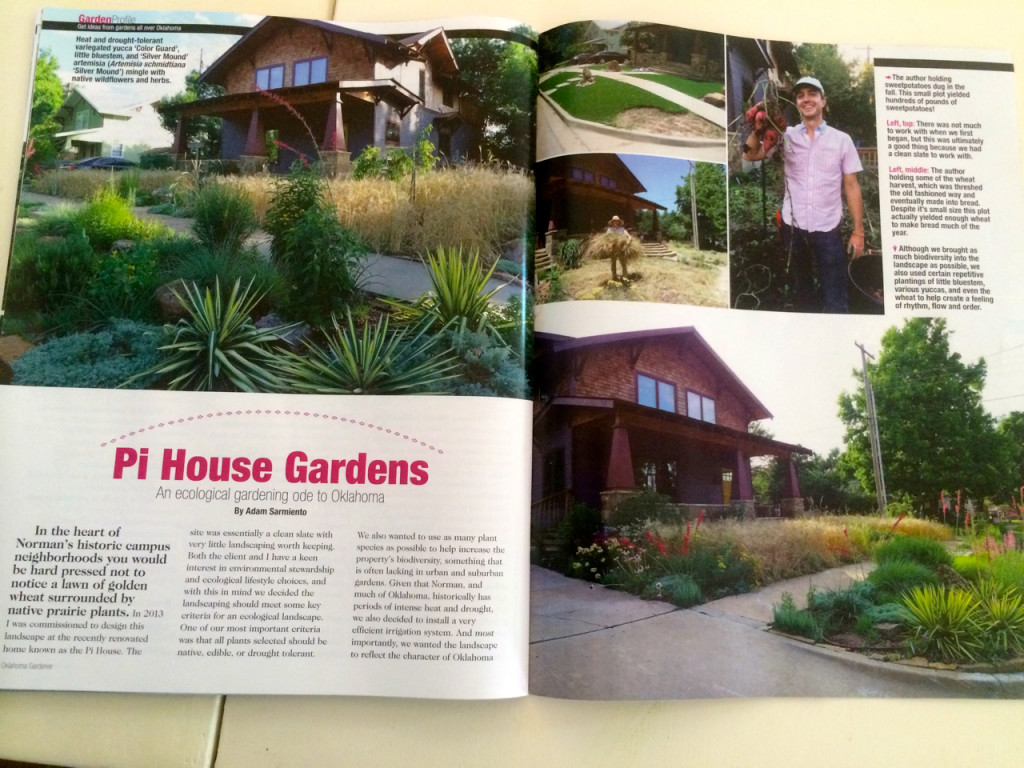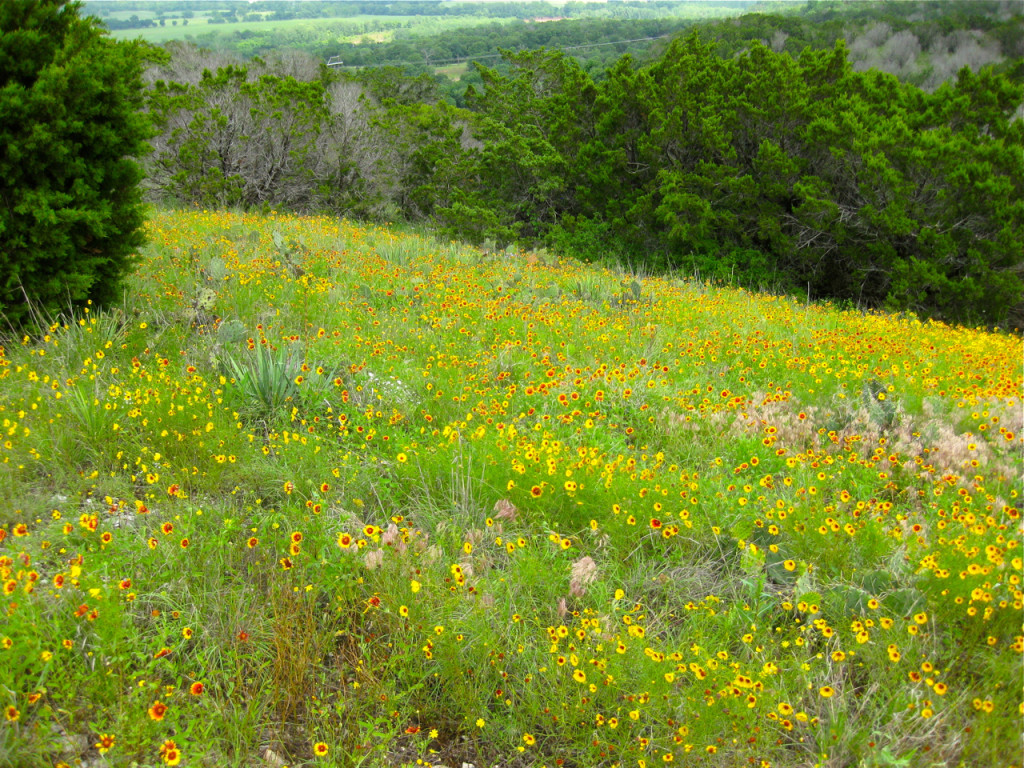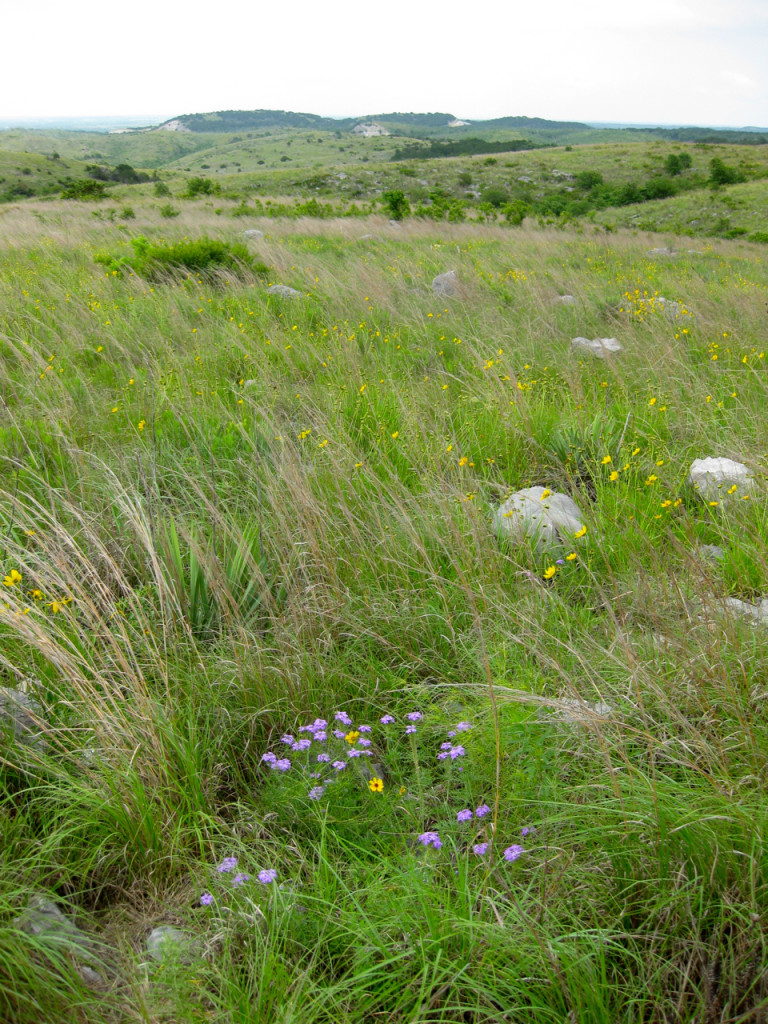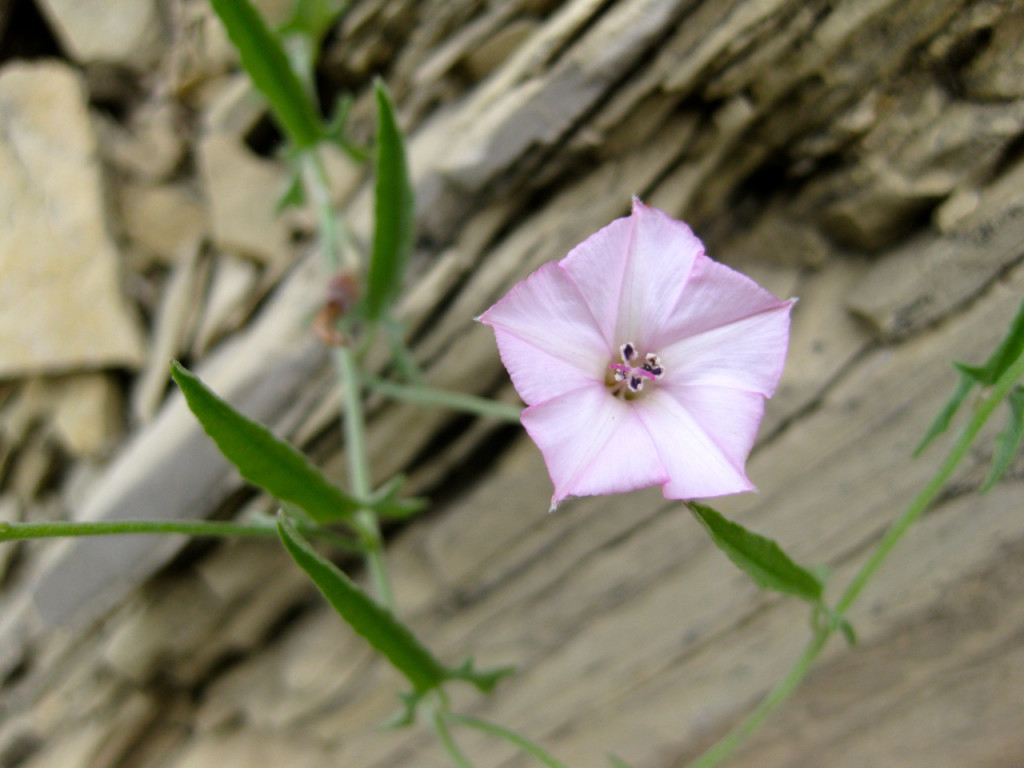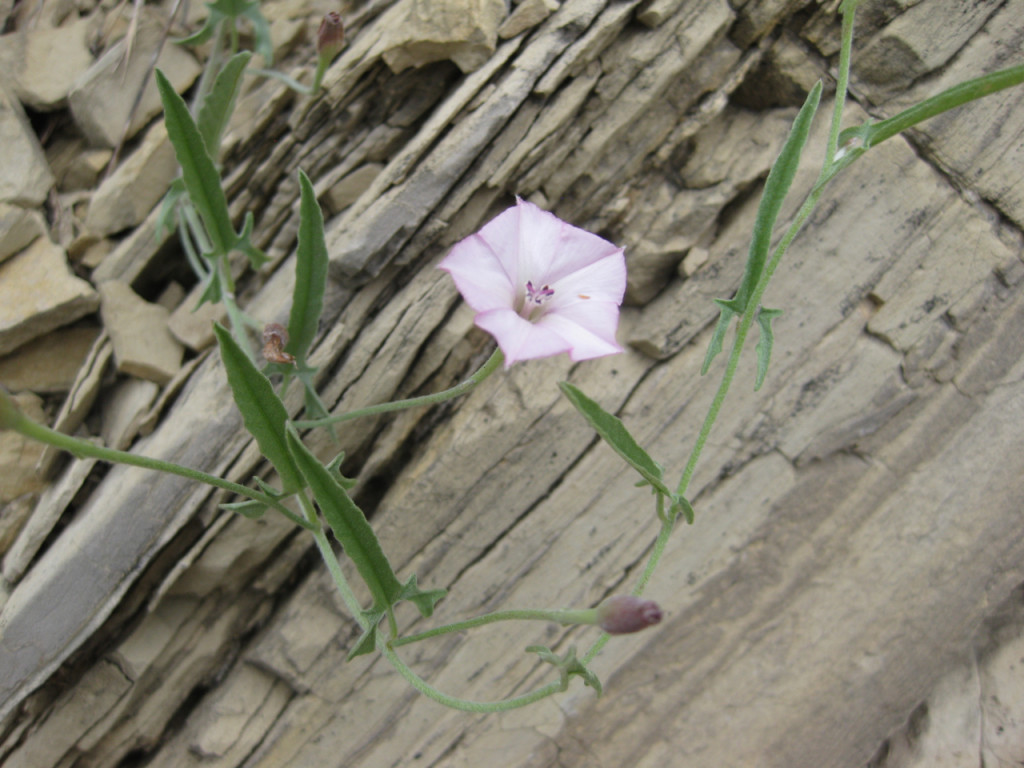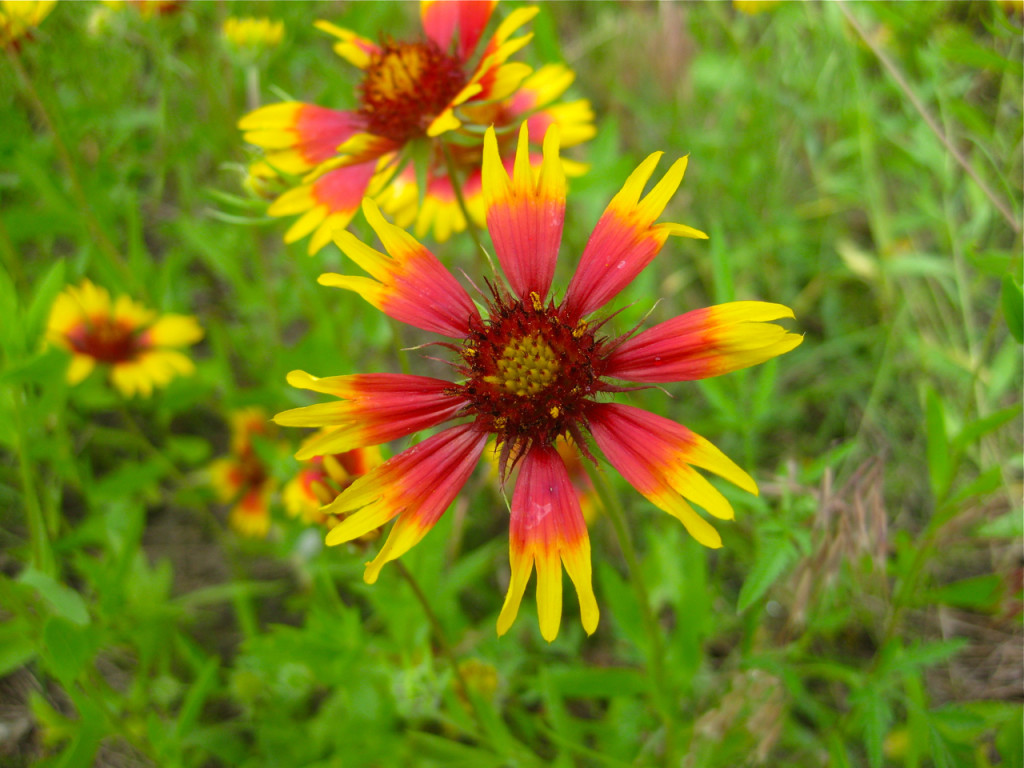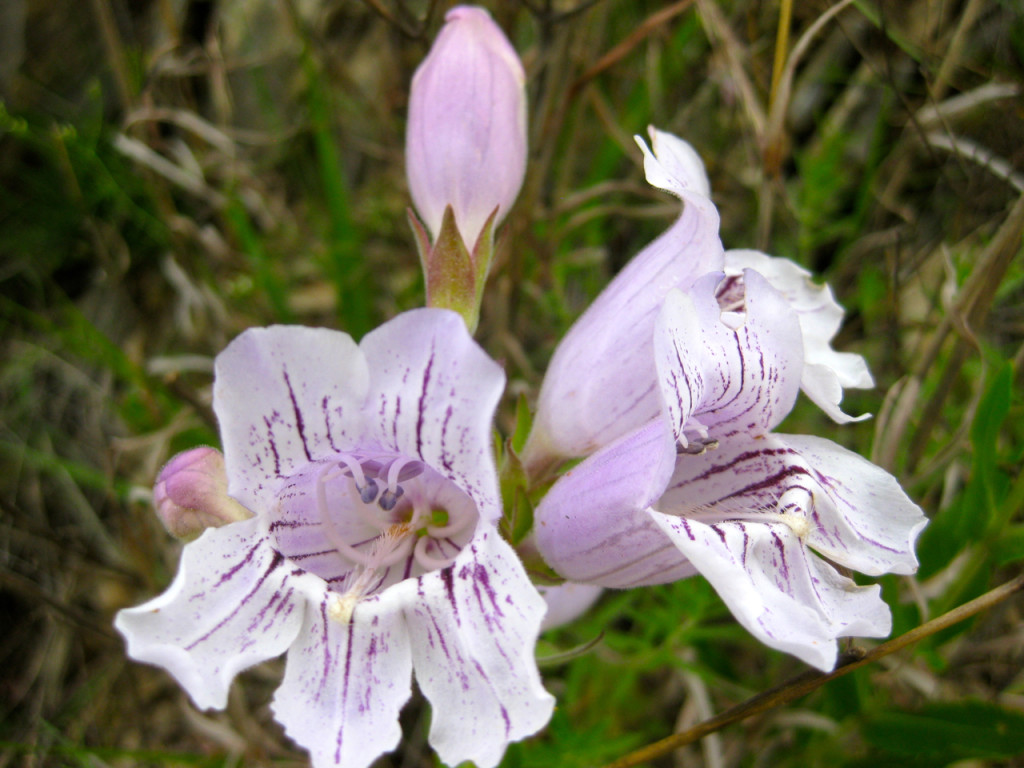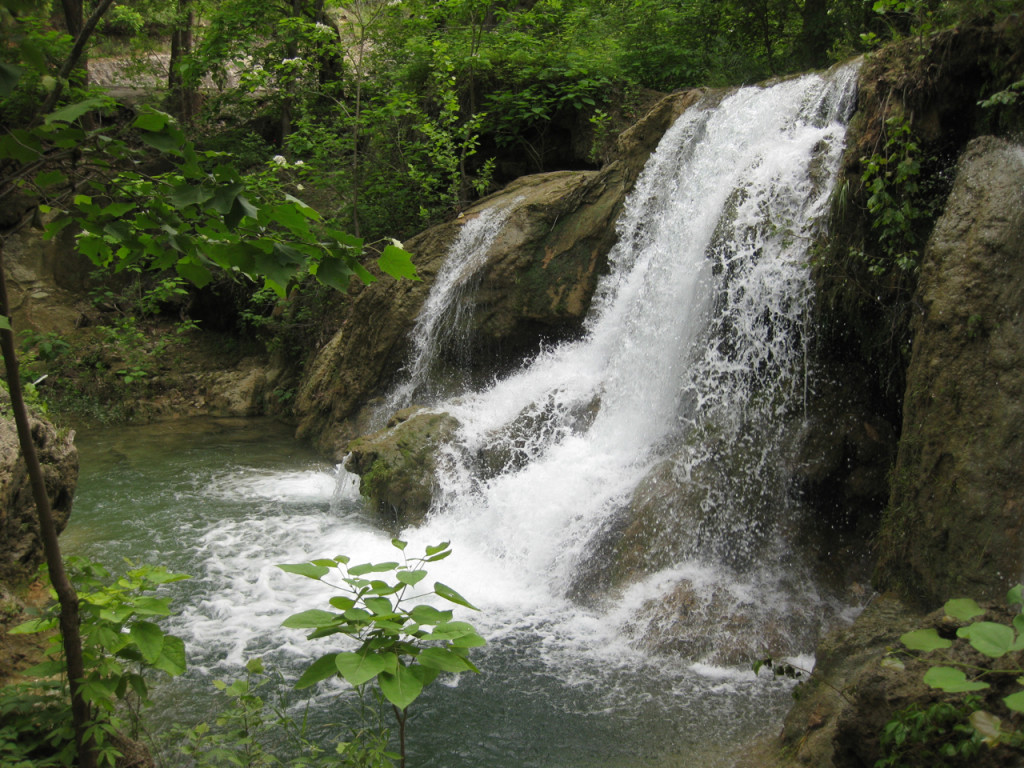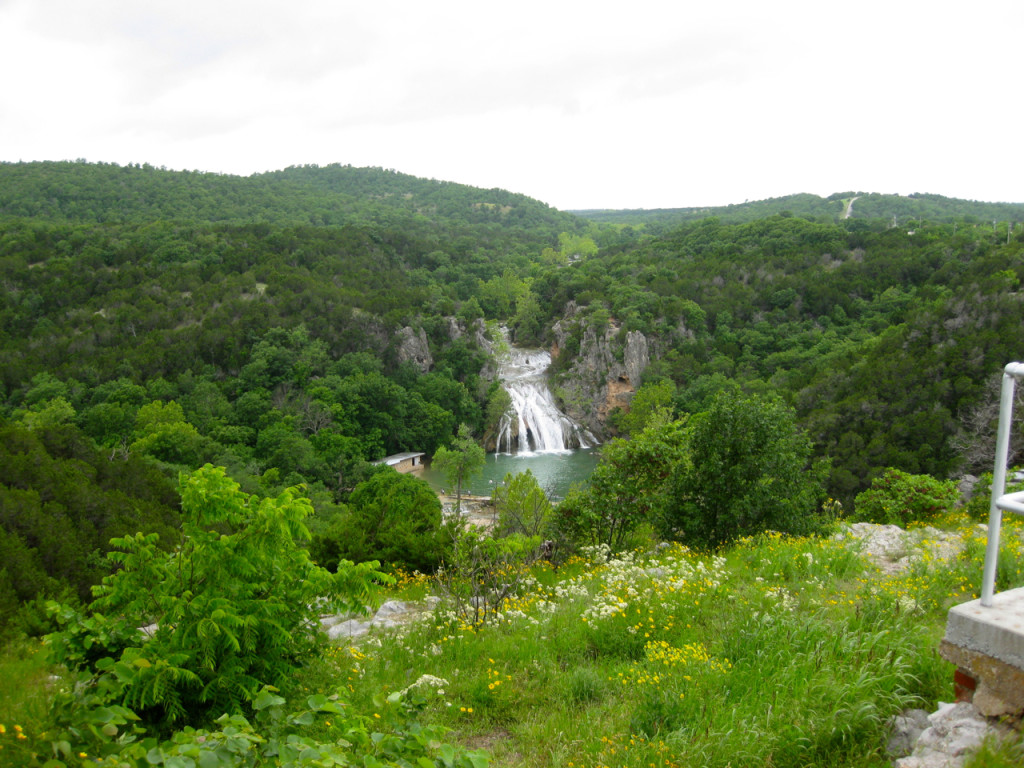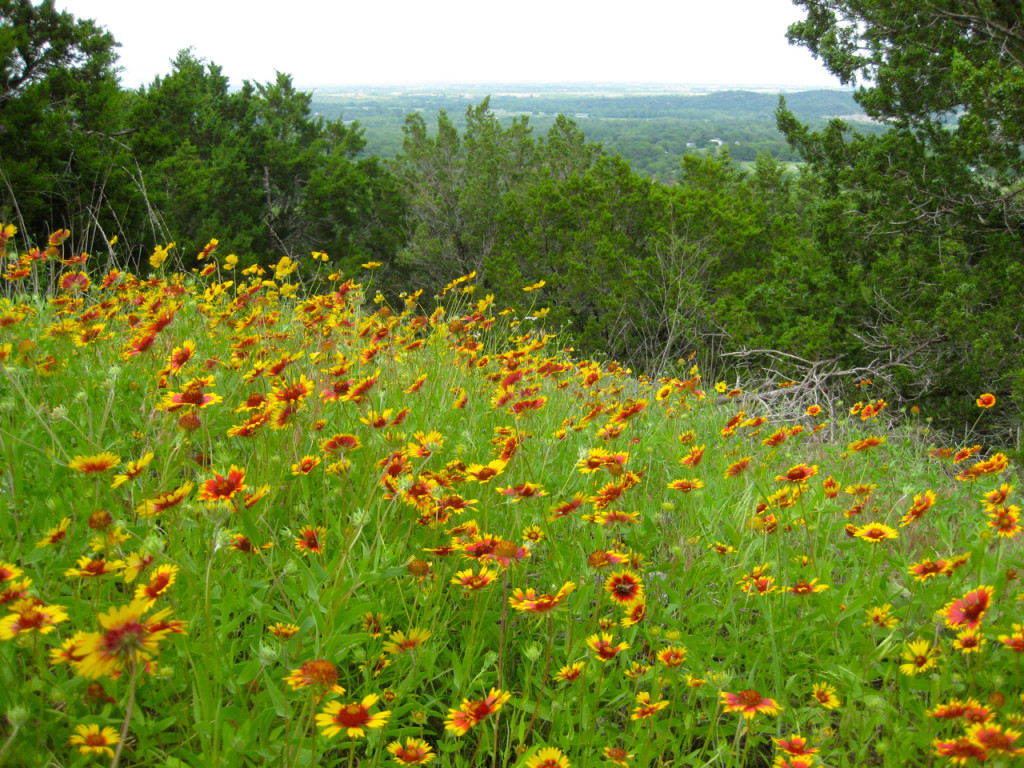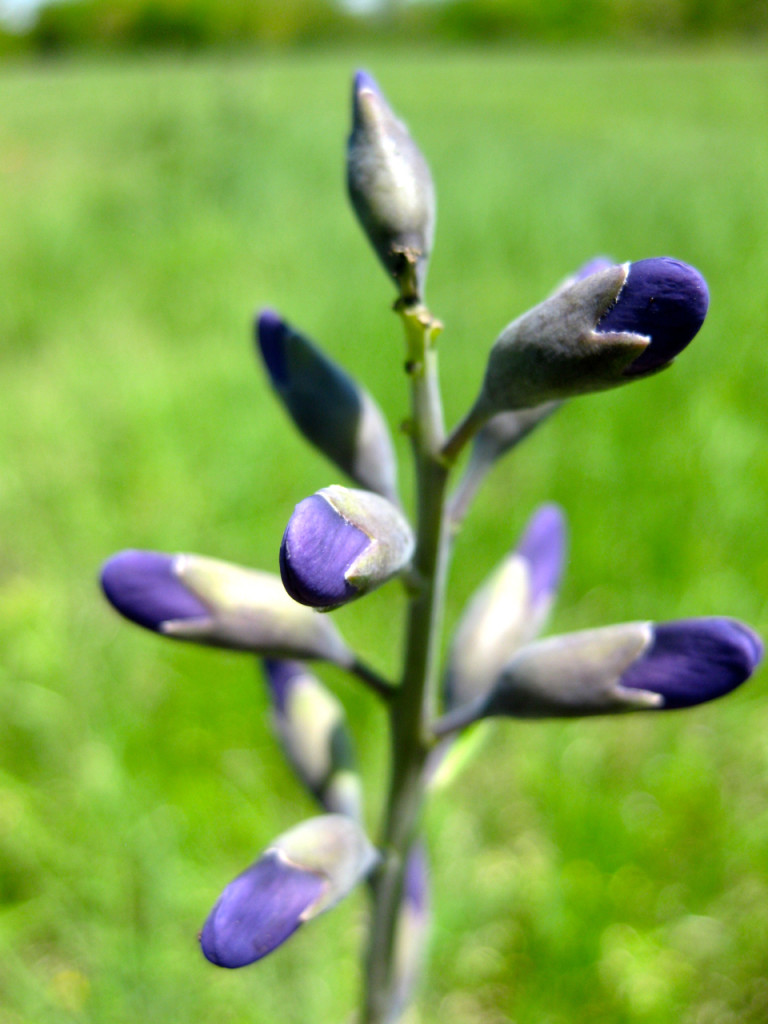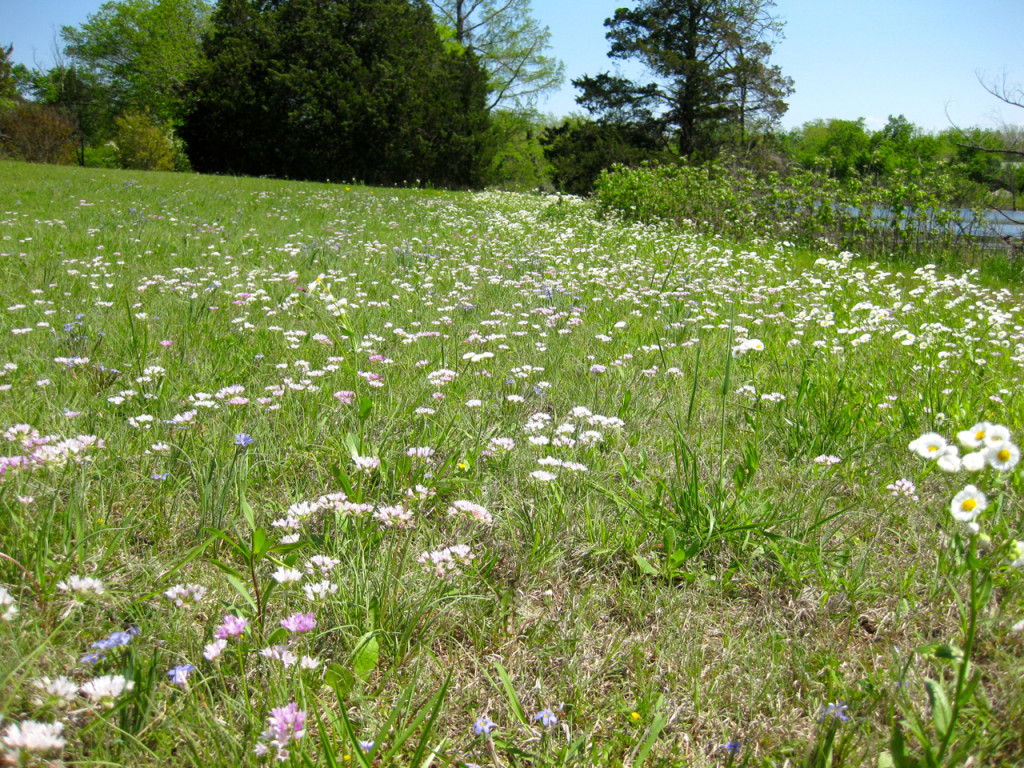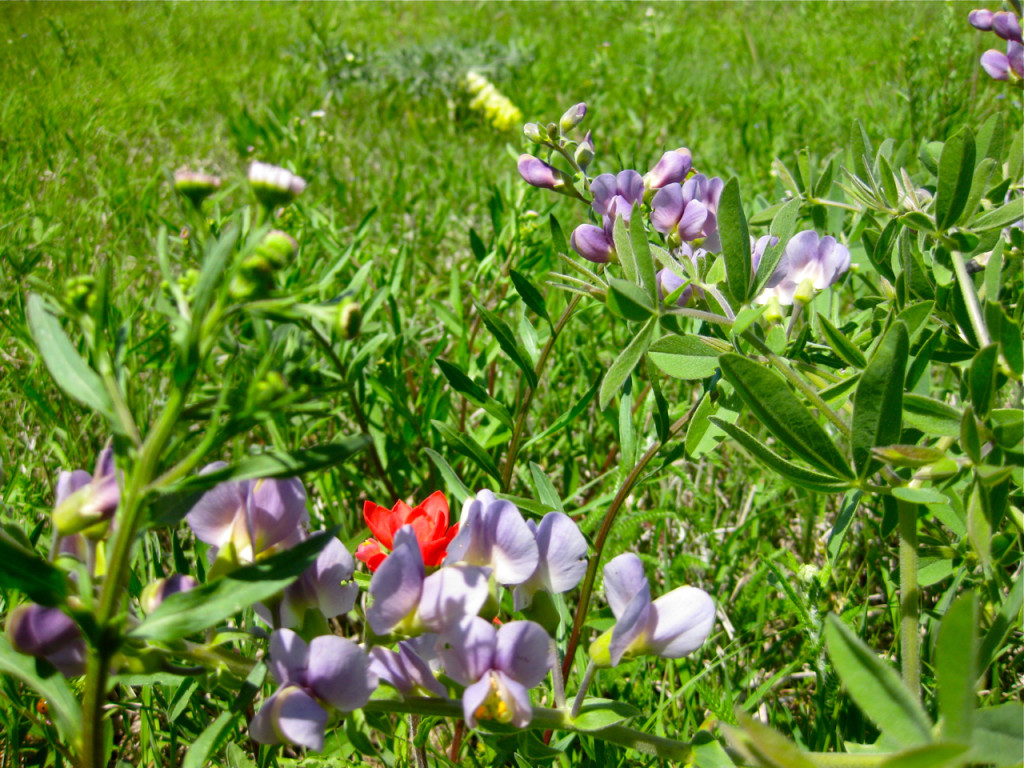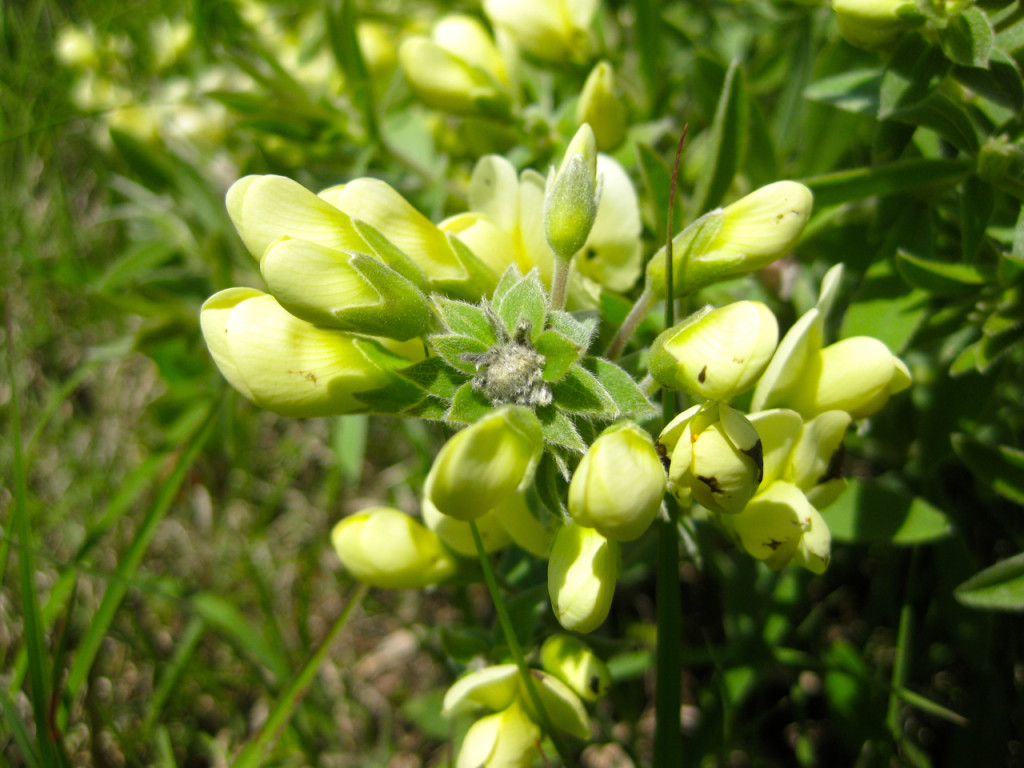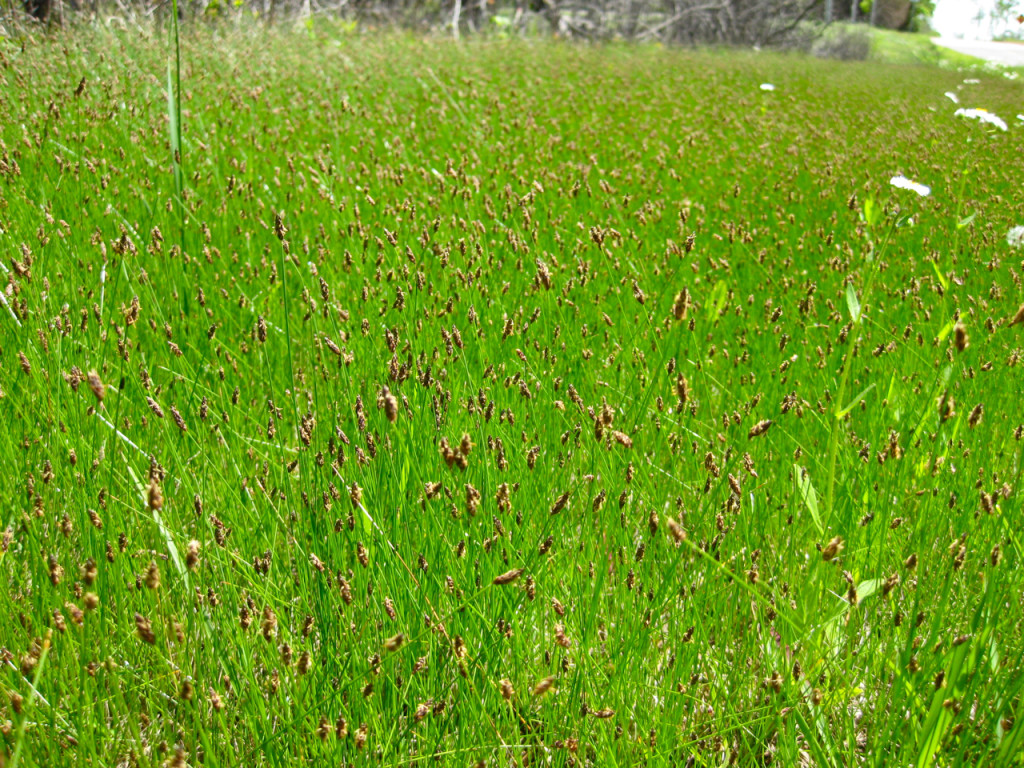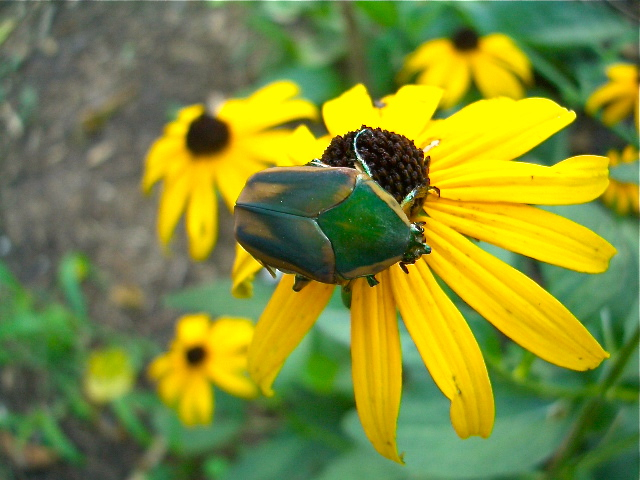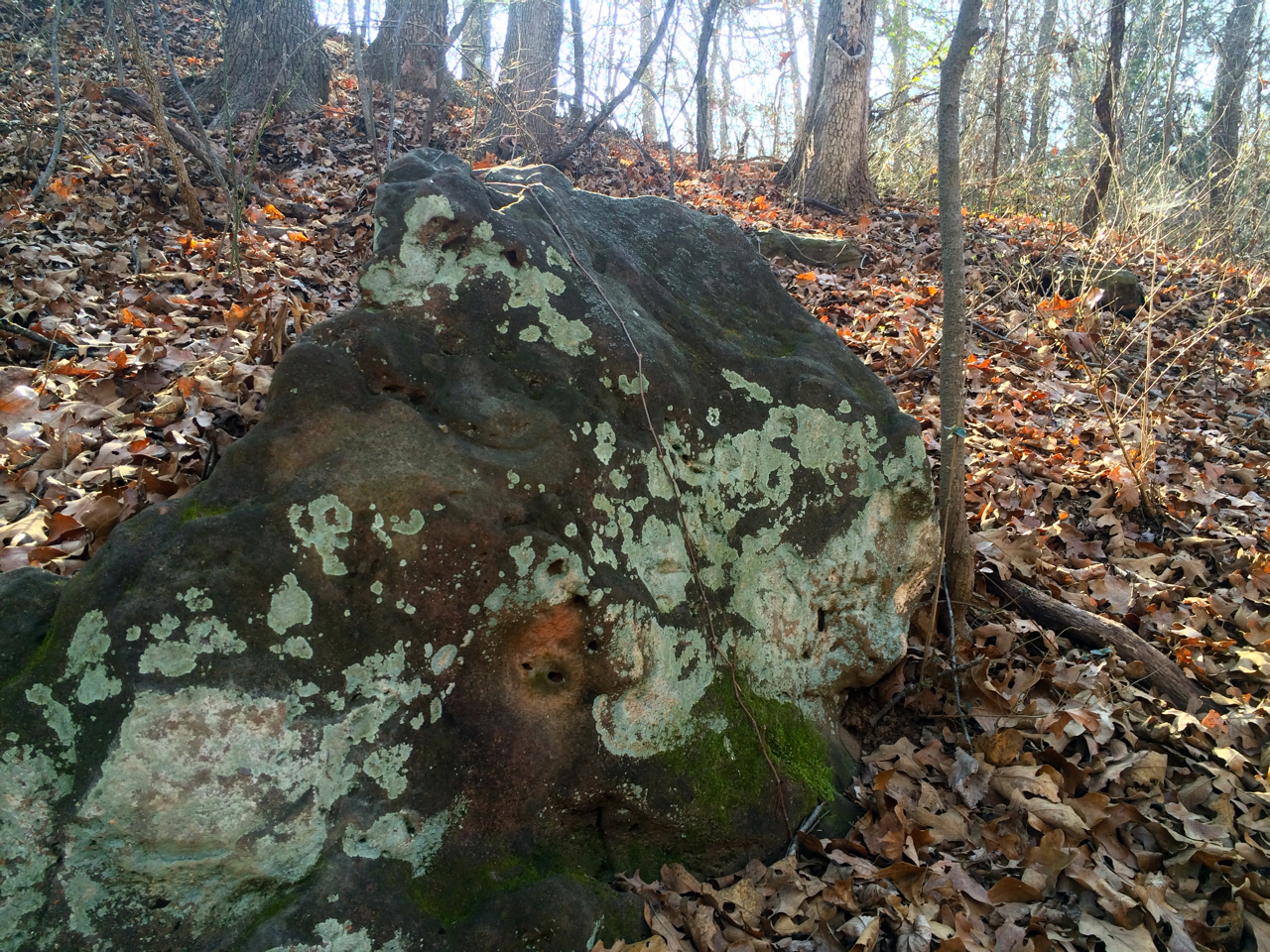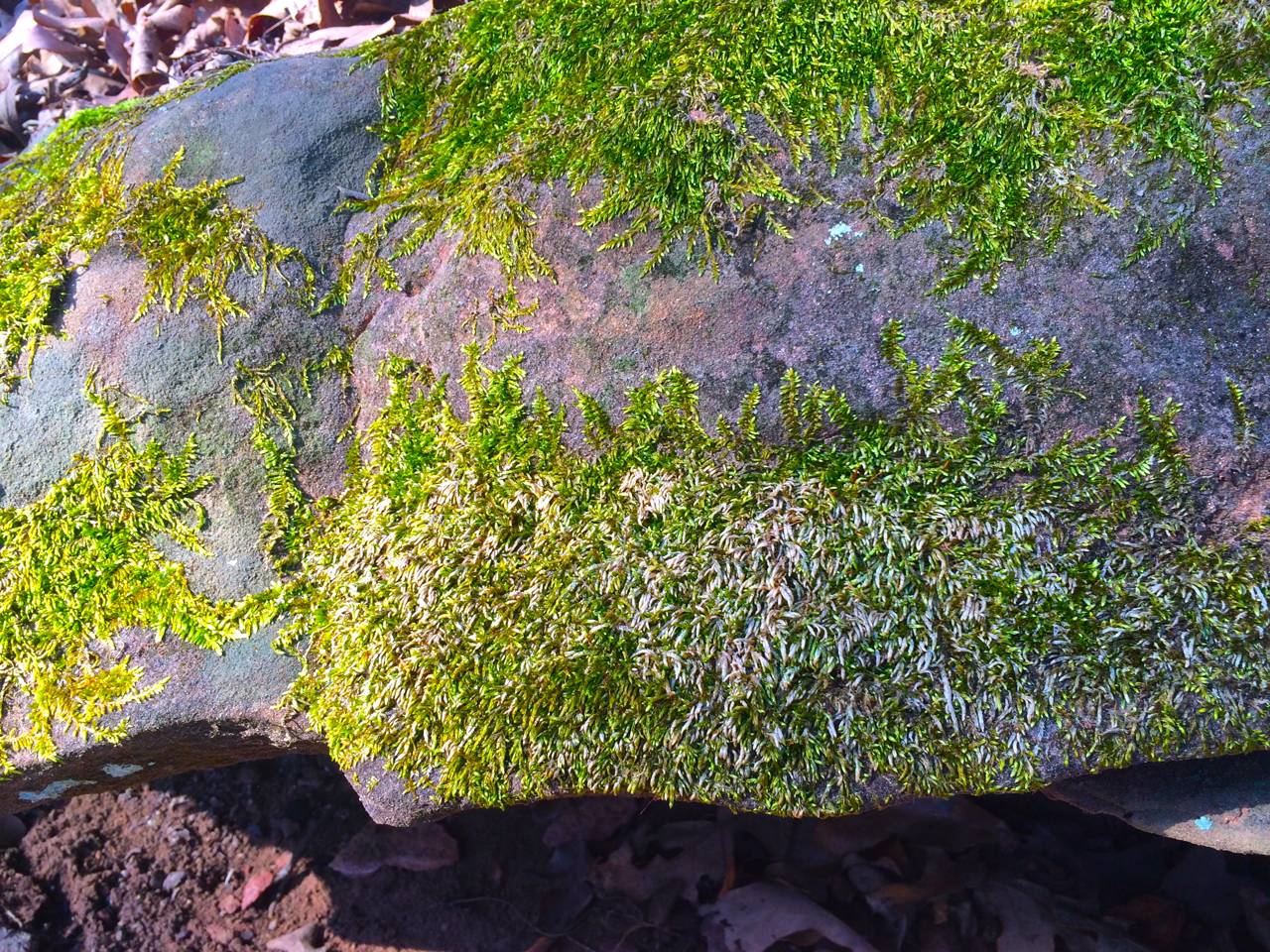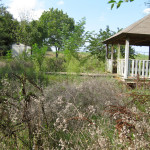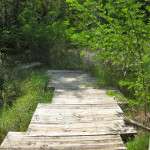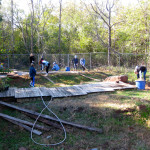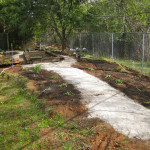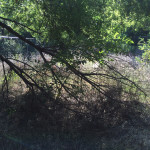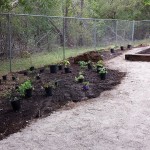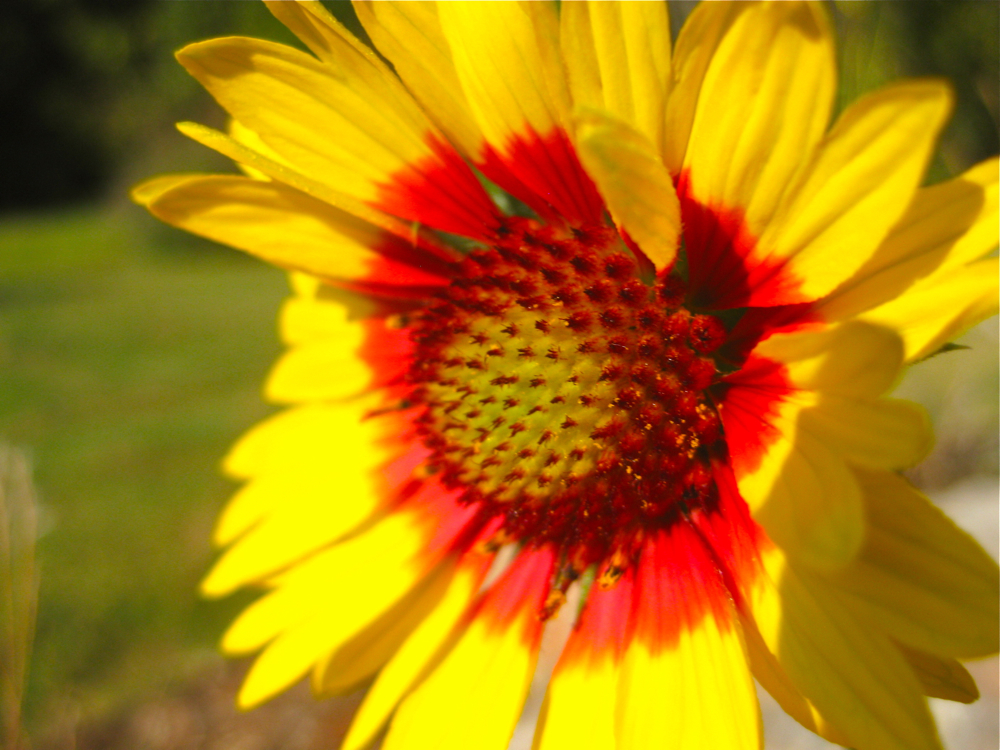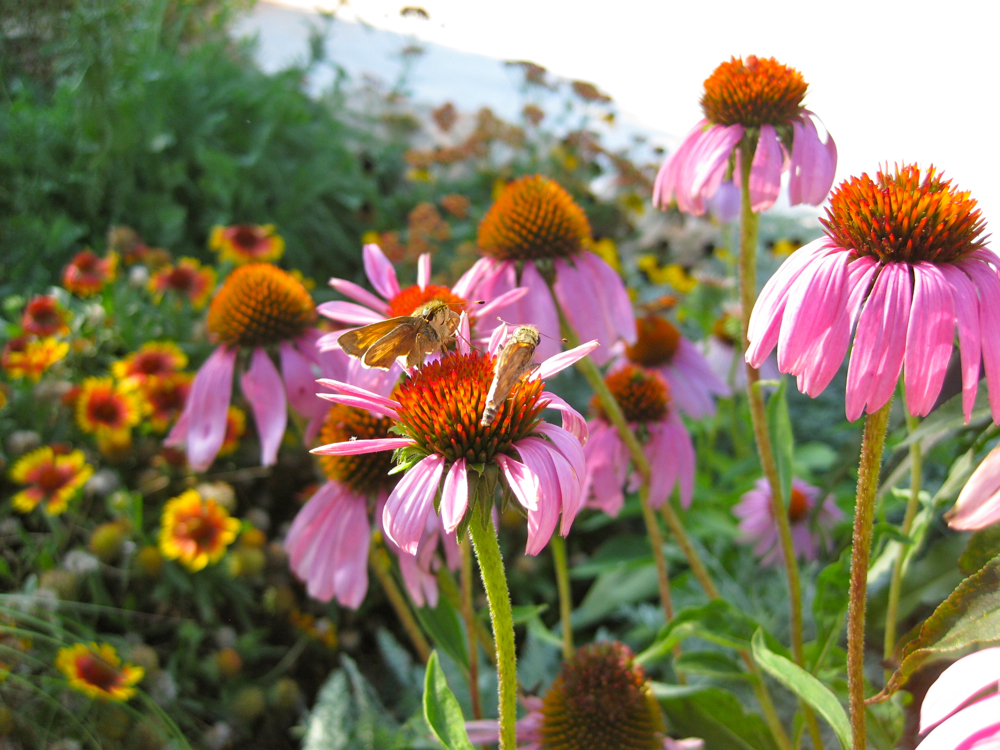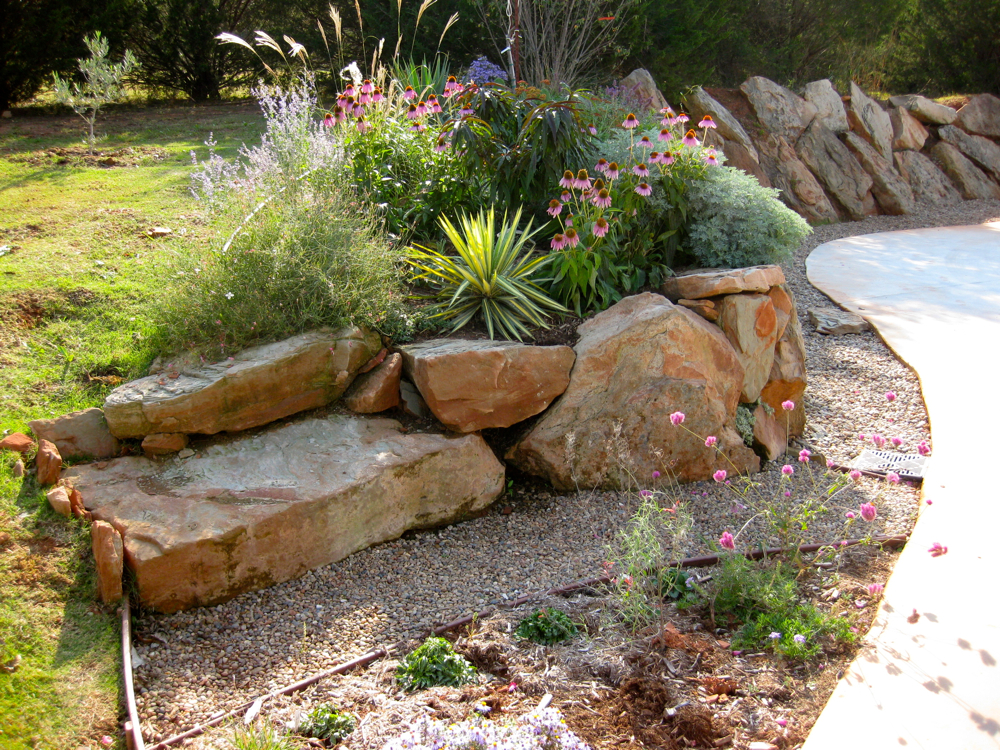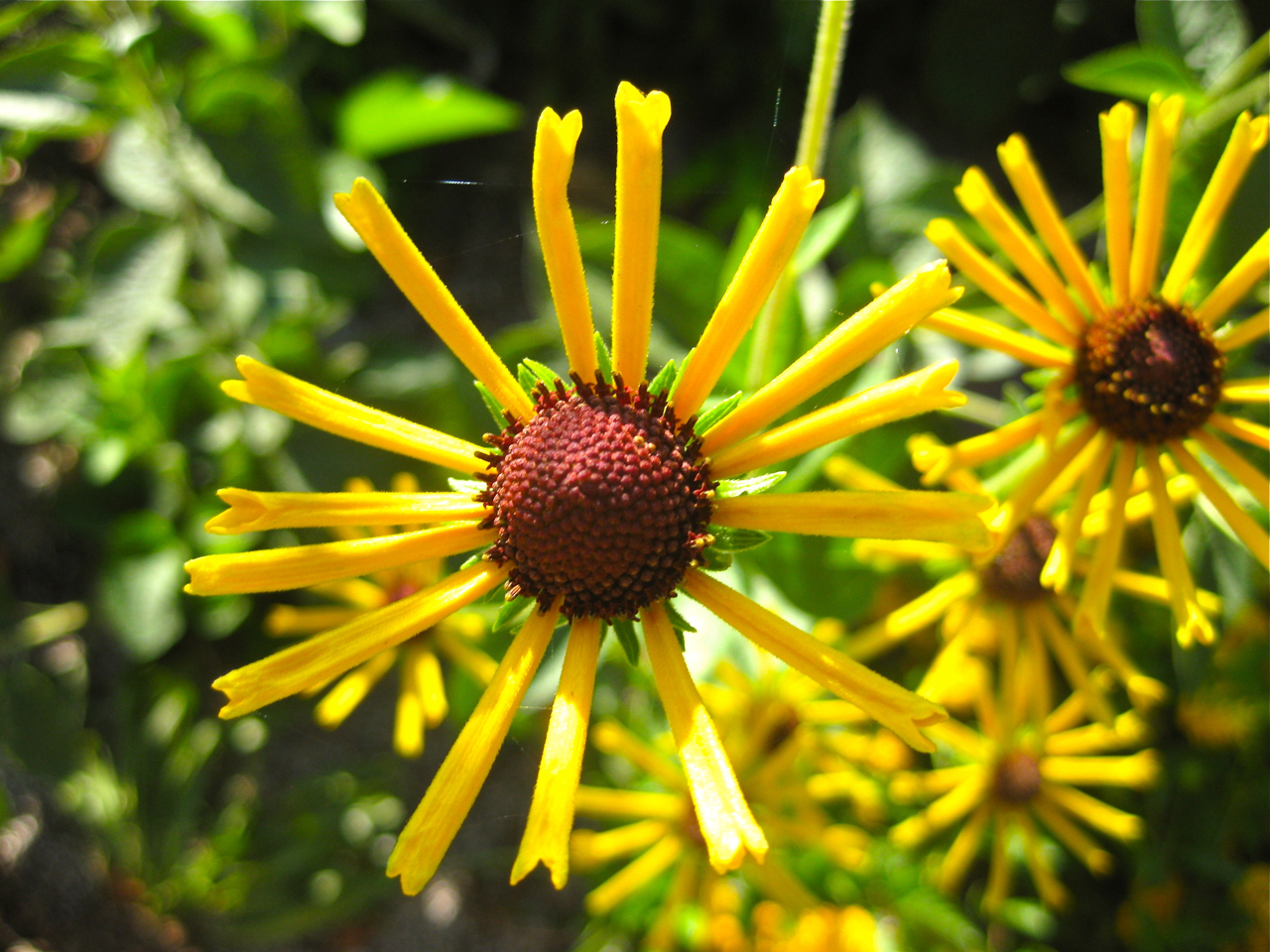Landscaping in the context of Modern architecture and design often takes the idea of minimalism and structure a bit too far in my opinion. Often what is most pleasing to look at and experience, is a space that achieves a balance of different textures and feels. The clean lines and minimalist approach of Modern architecture can be accented and balanced beautifully by the grace and elegance of native plantings. With their dynamic, sensual and soft present, prairie plants are a particularly good compliment to stark minimalist forms. Our eyes have been trained to see the typical closely sheared lawn as a lovely open space to surround our homes with but an earlier observer of the great plains would have found the immense vastness of the grasses and flowers of the prairie to be an almost overwhelmingly open space. We need to unlearn the standards we have accepted with the modern lawn and learn to see the unity and cohesion amongst prairie grasses and flowers. This unified aesthetic of prairie plants can be a more ecologically and visually rich replacement for the often too minimal Modernist landscape design that relies on one or two plant species.
We designed and implemented a project last year that played with the balance of minimalism, angles, space, texture and form. The square cut flagstone with decomposed granite fill provides a nice compliment to the house that in turn, is softened by the grasses and native flowers.
As Ludwig Mies van der Rohe put it “We should attempt to bring nature, houses, and the human being to a higher unity”.

